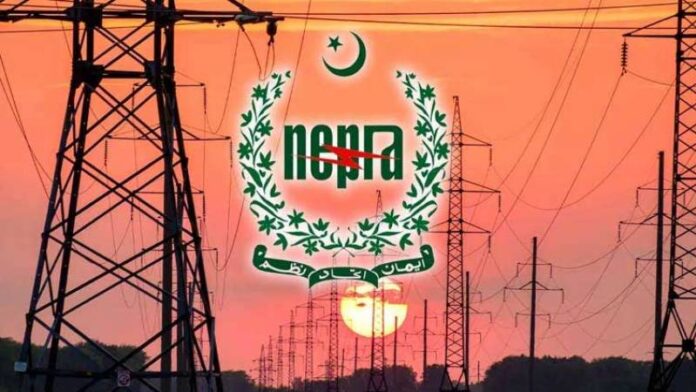Consumers of Distribution Companies (Discos) and K-Electric (KE) will experience an additional financial burden starting October 2025, with an increase of about Rs 2 per unit in their electricity bills due to adjustments under the monthly tariff mechanism, according to the National Electric Power Regulatory Authority (NEPRA).
According to media reports, the decision, announced following a public hearing held on September 30, 2025, includes a reversal of a negative adjustment of Rs 1.79/kWh for September 2025, replaced by a positive adjustment of Rs 0.0796/kWh. This will result in a net increase of Rs 2/kWh, including GST, to be recovered in the October bills, in addition to the Debt Service Surcharge (DSS) of Rs 3.23/kWh.
During the proceedings, NEPRA’s Member (Technical), Rafique Ahmad Shaikh, highlighted that inefficiencies within the power sector are contributing to escalating financial burdens. He pointed out that the operation of the Guddu 747 MW power plant in open-cycle mode during the reference month added Rs 956 million to the costs. Additionally, Part Load Adjustment Charges (PLAC) surged to Rs 3.9 billion, and system constraints contributed another Rs 451 million to the financial impact. Despite these issues, consumers continue to be charged for full capacity utilization of the HVDC system, which operated at only 51% efficiency.
Shaikh criticized these inefficiencies and noted that they increase the financial strain on consumers while compromising system efficiency. He stressed that the regulatory framework mandates that only prudent costs should be passed on to consumers, a practice that has not been followed, according to his observations.
In a dissenting note, Shaikh further expressed his disagreement with NEPRA’s decision to pass on costs arising from sector inefficiencies to consumers, particularly those associated with NTDC (now NGC). He called it unjust to burden consumers with the operational failures of sector entities that they are not responsible for.
This decision underscores the ongoing challenges within Pakistan’s power sector, highlighting systemic inefficiencies that continue to affect electricity prices and consumer costs.




